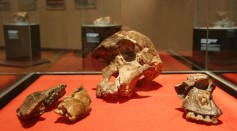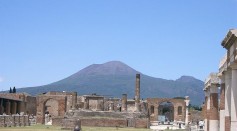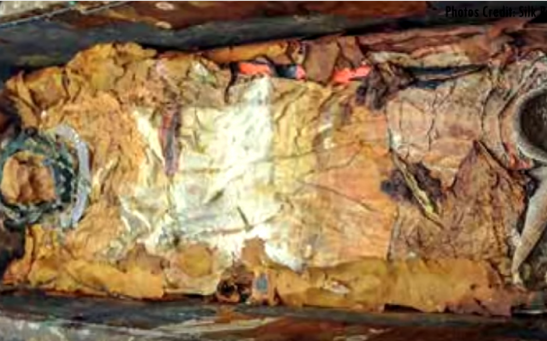archaeology

Mysterious World Of Ancient Rome's Hidden Treasure

Mexico's 12,000-Year-Old Teenage Girl Unravels Many Past Mysteries
Were Dinosaurs Warm Blooded Like Modern Animals?
Ancient Skull Shows Signs of Lethal Combat
Archaeologists Track the Birth, Life, and Death of the 3,000-Year-Old Egtved Girl
Yale Traces the Origins of all Snakes
Egyptian Mummified Animals Contain Hidden Surprises
World's Oldest Stone Tools Discovered in Kenya
Yawunik Arthropod Revealed—The Toothsome Creature that Gave Rise to Lobsters, Spiders and Butterflies
Ancient Human Jaw Bone Evidence of Earlier Evolution
DNA Evidence of Wheat Upsets Archeological History of the Crop in Early England

Ancient Man May Have Been More Tactile Than We Thought—Stone-Age Brains & Modern-Day Hands

Through Time and Stone--X-Rays Help Solve 2,000 year old mystery from Mt. Vesuvius

Tools Could Be the Topic for First Ever Conversations
Most Popular

Innovative BLAST Patch Could Stop Skin Infections with Harmless Electric Currents

Cold, Not Heat, Caused Mass Extinction 201.6 Million Years Ago: New Study

Why It's So Difficult to Lose Weight: The Biological Explanation Behind Obesity

How a Plant-Based Diet Can Protect Against Breast Cancer: Insights from Nutrition Research






